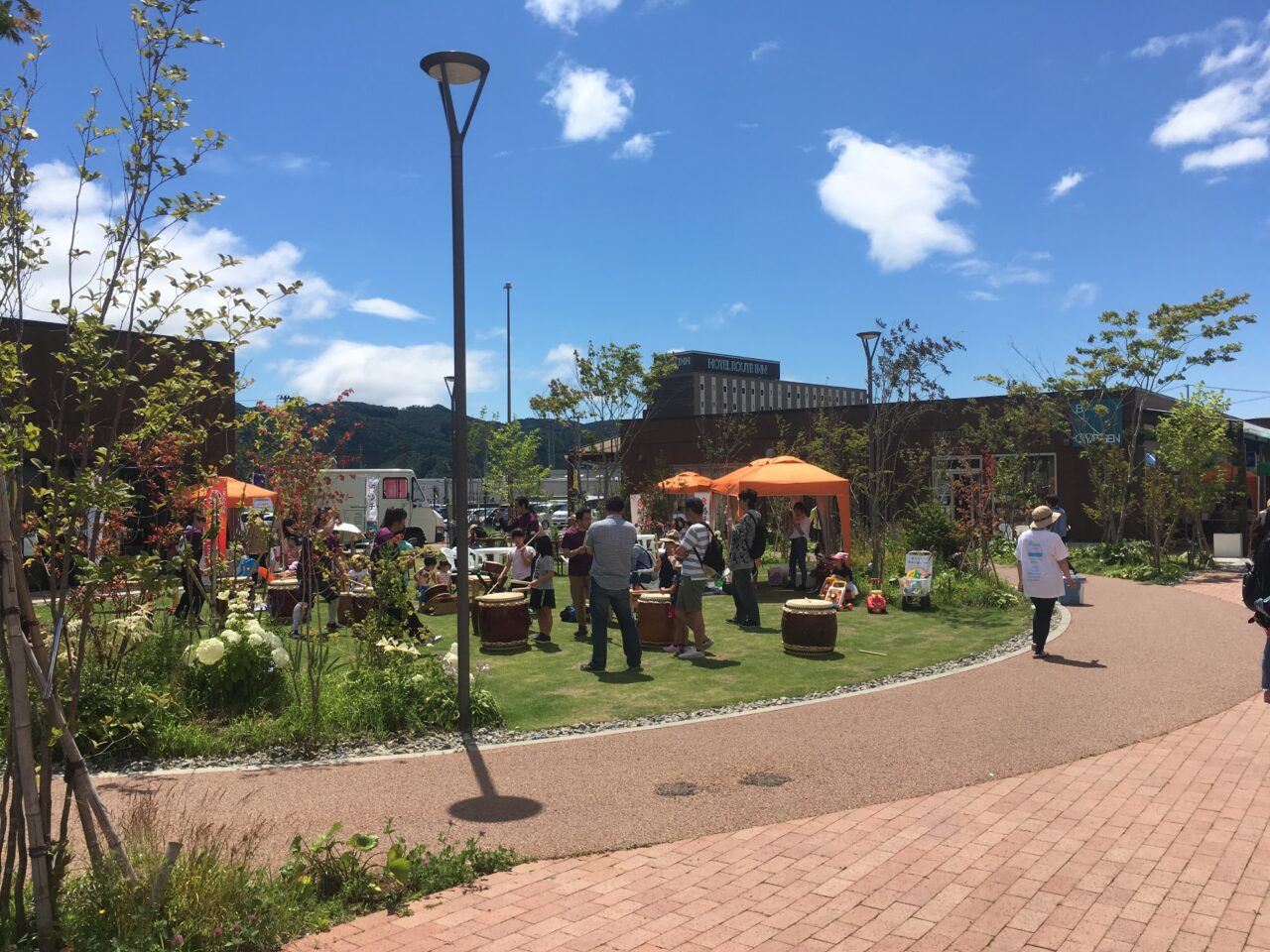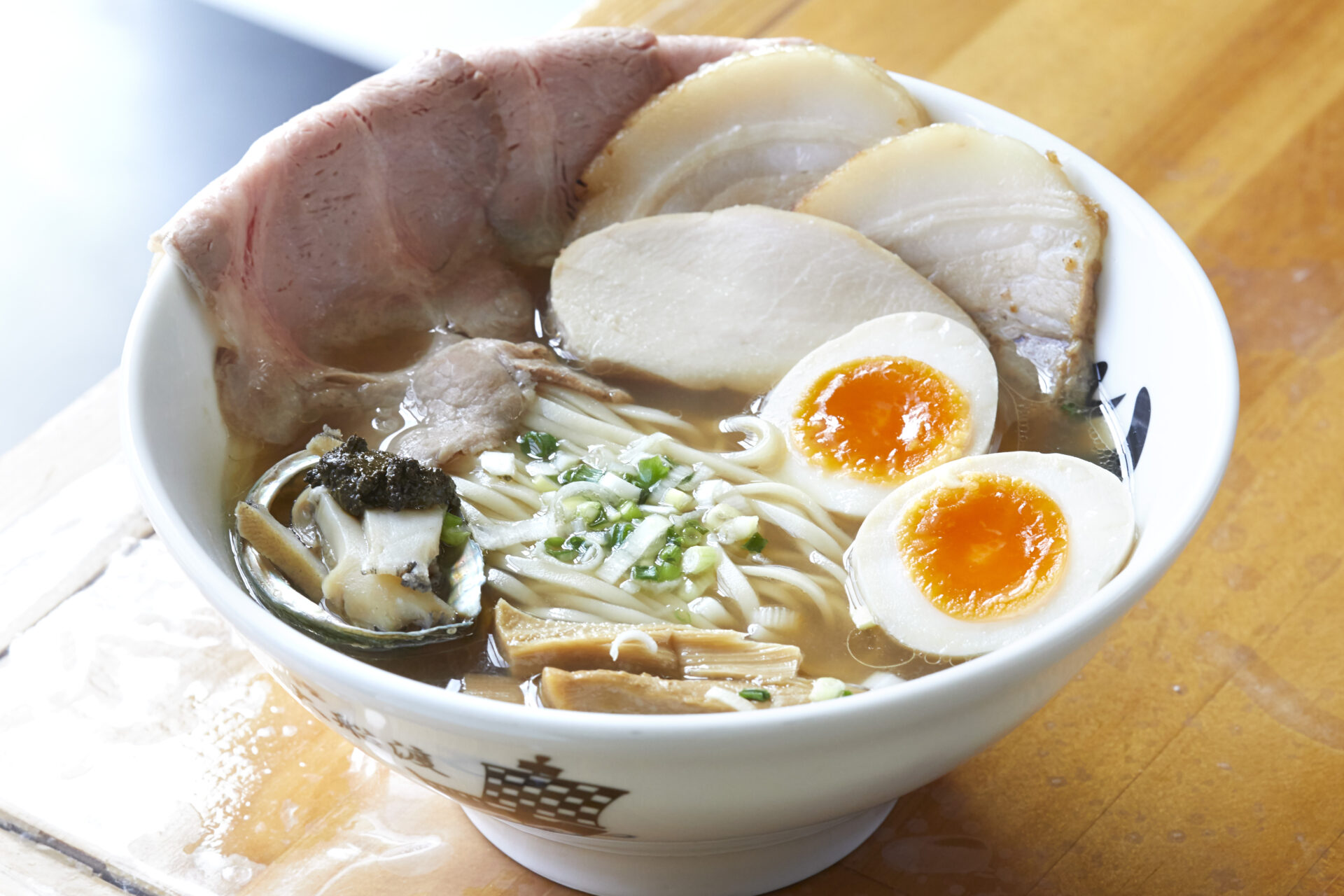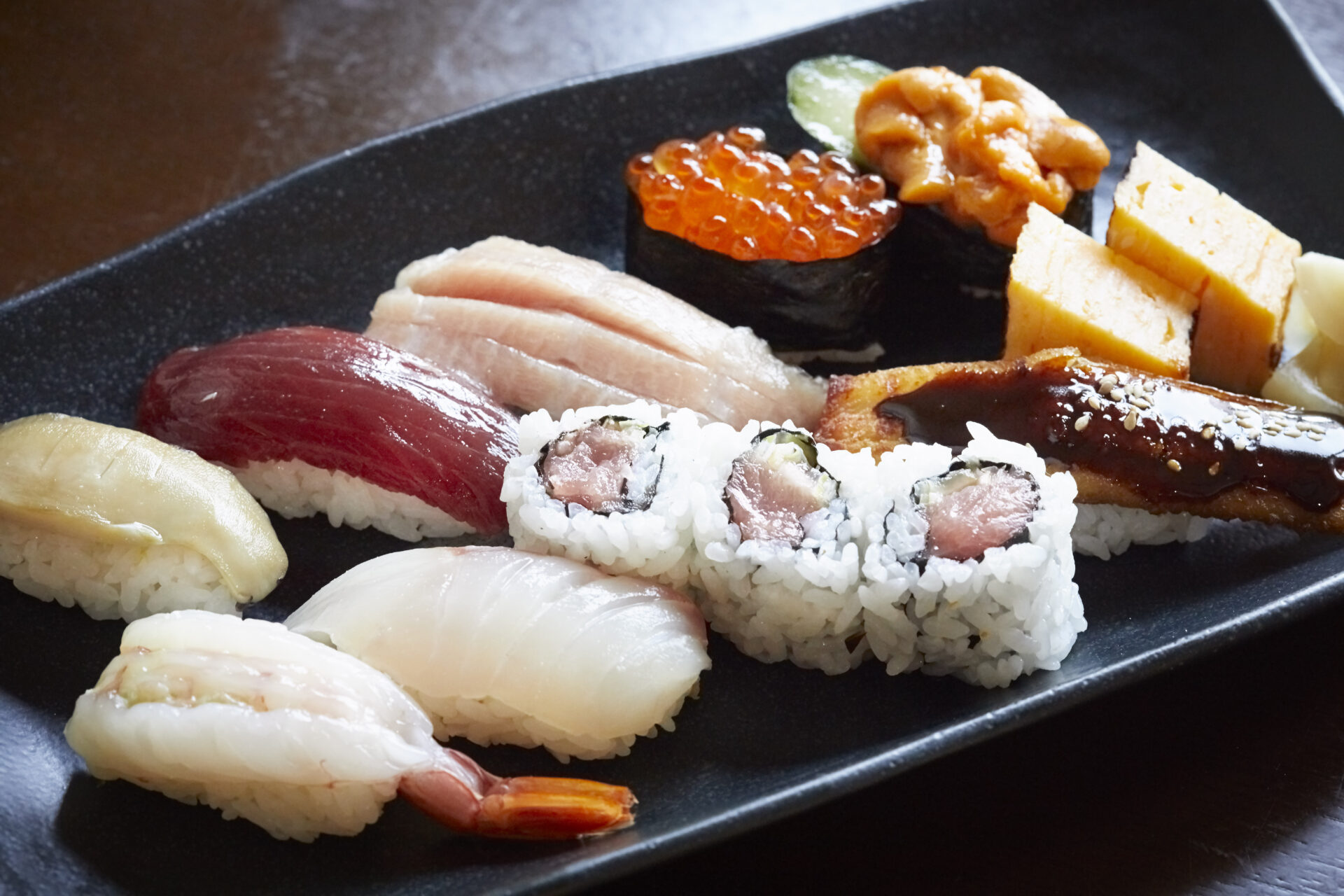EVENT
Suggested Route|Trip to Encounter Rich and Colorful Geinoh – 3 Days and 2 Nights Sep.23rd(Fri Holiday)-25th(Sun)
- 2022
- suggested-route
- Experience
- Appreciation
Day2
Sep.24th(Sat),2022
Encounter Rich and Colorful Geinoh,Sanriku Kagaribi Bonfire Festival
| Itinerary | Remarks | |
|---|---|---|
| 10:17 | Depart Ichinoseki Sta. for Kesennuma Sta. (11:45) | JR Ofunato (for Kesennuma) |
| 11:57 | Depart Kesennuma Sta. for Ofunato Sta. (13:15) | JR Ofunato *BRT(for Sakari) |
| 13:30 | Kyassen Ofunato | Explore on foot |
| 14:35 | Sanriku Blue Line Project Exhibition | Explore on foot |
| 15:30 | Sanriku Kagaribi Bonfire Festival at Ofuna-port 16:30~21:00 | Explore on foot |
Ichinoseki Sta.

JR Ofunato (for Kesennuma)
Dep.10:17
Arr. 11:45
Travel Time|1hrs28min.
Kesennuma Sta.

JR Ofunato Line BRT bound for Sakari
Dep.11:57
Arr. 13:15
Travel Time|1hrs18min.
Ofunato Sta.

Approx. 3-min walk
13:30 Kyassen Ofunato
“Eat, Shop, Play and Enjoy! Local Community-based Dining, Shopping and Amusement Complex”

▲Sennen (One Thousand Year) Square

▲Shellfish broth ramen of “Kurofune SECOND,” popular among the locals

▲Sushi & Seasonal Cuisines “Sasaki”
“Sanriku Ofunato – it starts from here”
Kyassen Ofunato is full of restaurants serving delightful dishes including fresh sushi and seafood rice bowl, ramen with a complex broth soup, bouncy and smooth soba noodle, yakiniku barbecue and Korean cuisine. In the evening, you can try izakaya restaurants serving freshly baked pizzas, bars serving a variety of cocktails, and restaurants where you can sing, eat and drink. You can also look forward to shopping for souvenirs such as freshly baked confections, local wines, fish carefully chosen by shop owners, and many more. Please don’t forget to visit “Disaster Prevention Touris Adventure Game,_That Day_ A Gift from Ofunato” created to educate people about the Great Earthquake for future generations, fully operational since this summer.
Kyassen Ofunato
12-33 Aza Nonoda, Ofunatocho, Ofunato-shi, Iwate,Japan 022-0002
Phone & Fax|+81(0)192-22-7910
Hours: Depends on the store

Approx. 5-min walk
Coastal Levee Storm Surge Barrier (Yumemi Park Area)
Sanriku Blue Line Project Exhibition
September 23, 2022 (Fri, holiday)~October 9,2022(Sun)
Sanriku Blue Line Exhibition
Barriers decorated with Sanriku-blue colored tiles
Tiles inspired by the blue sea of Sanriku and mosaic tiles created during workshops for local children and elementary school children from Iwate are exhibited near the barrier.
Minna no Shirushi LLC
6-4 Aza Kimachi Sakari-cho, Ofunato City, Iwate,Japan 022-0003 Phone | +81(0)192-47-5123 FAX | +81(0)192-47-5125 E-mail|minna@mi-kuni.com

Approx. 5-min walk
Ofunato Disaster Prevention Tourism Alternating Current Center
Ofuna Port Multi-Purpose Space
Sanriku Kagaribi Bonfire Festival
Date: Saturday, September 24, 2022, 16:30-21:00
Sanriku Kagaribi Bonfire Festival
A luxurious time to savor the geinoh of Sanriku in the magical atmosphere of a kagaribi bonfire.
A festival of geinoh in Ofunato City, where seven colorful groups from the Sanriku coastal region of the Tohoku will perform by a bonfire!
From Fudai Village to Rikuzentakata City in Iwate Prefecture, geinoh that represents all parts of Sanriku will make an appearance in this event including shichifukujin, kenbai, kagura, shishi odori, toramai, and daikagura. In addition, valuable works of Javanese dance from Indonesia, which this art festival has had long standing exchanges with, will be screened.
Please enjoy the Sanriku Kagaribi Bonfire Festival, a unique coloring of the Sanriku International Arts Festival.
Minna no Shirushi LLC
6-4 Aza Kimachi Sakari-cho, Ofunato City, Iwate,Japan 022-0003
Phone | +81(0)192-47-5123
FAX | +81(0)192-47-5125
E-mail|minna@mi-kuni.com
Accommodations in Ofunato
Areas
Artists
-
Unotori Kagura Preservation Society
The Unotori Kagura is a typical yamabushi (mountain hermit) kagura. It worships shishigashira into which the spirit from Unotori Shrine in Torii, Fudai village entered. It tours villages to pray for a rich haul, a bountiful crop and safety of family from January to March every year. The tour proceeds in Iwate, northbound to Kuji city and southbound to Kamaishi city in alternating years. Local residents host the kagura intimately calling “Unotori sama.” Since this form of the tour is unique and it maintains rare customs, Unotori Kagura is designated as the Intangible Folk Cultural Property by the state in 2015.
-
Sugenokubo Shishiodori/Kenbai
The Sugenokubo Shishiodori is a dance imitating wild deer’s vigorous motion with deer-shaped headdress.
In ancient time, when Takemikazuchi-no-mikoto landed on the shore of Lake Kasumigaura in Ibaraki prefecture and the native people attempted to kill him by setting fire to the field, numerous deer showed up, repeatedly plunged into the water and ran around to extinguish the fire. Deeply moved to see this, Mikoto created the shishiodori.
It is unique to the Sugenokubo school that shishiodori and kenbai are performed swiftly interchanging. The dance is impressive in its dynamism of dancing with the gilt on the deer horns which sparkles reflecting the fire.
It is designated as the Intangible Folk Cultural Property by Iwate prefecture in 1988. -
Ushifushi Nenbutsu Kenbai
In 1190, Chinzei Hachiro Tametomo’s third son, Minamoto no Tameyori, was granted his territory in Hei and Kesen by Minamoto no Yoritomo, the first shogun of the Kamakura shogunate. He built a castle in Nejo, Roki, and took on the name of Hei Yorimoto.
Yorimoto built Kegon-in temple in dedication to the soul of his father, where he had 27 soldiers dance for the souls of ancestors and of the Minamoto clan and also of its rival Taira clan killed in the war. This is believed to be the origin of the Ushifushi Kembai.
During the annual Bon Festival in August, the dancers go around houses in the area to appease the souls of ancestors and the recently departed. On the 16th, it ritually performs its kembai and nanatsu-odori (seven-item dance) at the Kegon-in temple in Kebaraichi to pray for the dead. -
Nanbuhan jyusyoin Nengyoji Daikagura
In 1688, when the shrine of Ozaki Daimyojin, the guardian deity of Kamaishi, was built, the Sano family, the official paymaster of the Nambu domain, donated a large hexagonal portable shrine in which the sacred body was enshrined, and received guidance from Morioka Shichikencho, the Nambu domain’s official bill administrator. They were then officially appointed as a nengyoji annual leader by Jushoin temple which, in charge of rituals for Takegawa Inari Shrine in Morioka, presides over ten regional nengyoji in the Nambu domain.
-
Otsuchi Toramai Kyogikai
The troupe was formed as toramai section in the association of the preservation societies of the folk performing arts in Otsuchi town in 1990. Comprised of four toramai groups in the town; Ando, Mukaigawara, Rikuchubenten and Otsuchi-Shiroyama, the troupe aims at cultivation of friendship between the groups, mutual empowerment and social contribution.
The great earthquake of March 2011 damaged all the four groups. Overcoming the loss of the fellow members, the costumes and other equipment, they reunited for the revival and transmission. They have been actively performing the dance nationwide since then, to show their gratitude for help and support they received. In their repertory are Yaguruma, Hanetora, Sasabami, Jinkuodori, and Teodori among others. -
Kita Shichifukujin
The Shichifukujin-mai of Kita represents the seven gods of good fortune, popular gods in folk belief named Daikokuten, Ebisu, Fukurokuju, Bishamonten, Jurojin, Benzaiten and Hotei. It is performed in festivals held to pray for good harvest and big catches in the sea, and also on occasions year-round to pray for prosperity and exorcism at such celebratory events as wedding parties, new home construction and the launchings of new sea vessels. It has been handed down by volunteers from Kita since the 1910’s, and performed for the annual festival of Kurosaki Shrine, including the O-Ise-sama (aka Daijingu-sama) Festival held once every four years. In recent years, the Shichifukujin-mai of Kita has been practiced as a folk art by local elementary and middle school children as well.
-
Gyozanryu Sasazaki Shishiodori Preservation Society
In 1768, a man named Risota returned home from Shizugawa village (today,Minamisanriku Town,Motoyoshi District,Miyagi Prefecture) in Motoyoshi district, bearing a scroll certifying him as the inheritor of this dance. He was later adopted by the Osorei family in Sasazaki, Ofunato, and introduced the dance to the district. The chief of the Date clan praised the dance and granted Risota the akakuyo (red nine-star) crest of a fief-holder, the epithet of “gyozan,” (which means “rare,” “extraordinary”) and the frontal cloth with bird feathers. This is the precious ancestral heritage.
Contact
■Contact
NPO Iwate Arts Support Center
3F Morioka Odori Bldg. 15-7 1-chome Minami Odori, Morioka, Iwat e 020-0874
TEL|+81(0)19-656-8145
FAX|+81(0)19-656-8146
MAIL|sanfes@iwate-arts.jp
Sanriku International Arts Festival 2022 REVIVE
– An FY 2022 Japan Cultural Expo Project Presented and Co-presented by Japan Arts Council and Agency for Cultural Affairs, Government of Japan

Organized by|Sanriku International Arts Committee, Japan Arts Council, and Agency for Cultural Affairs, Government of Japan
Co-organized by|Hachinohe City, Hashikami Town, Hirono Town, Kuji City, Noda Village, Fudai Village, Tanohata Village, Iwaizumi Town, Miyako City, Yamada Town, Otsuchi Town, Kamaishi City, Ofunato City, Rikuzentakata City, Sumita Town, Sanriku Railway Co., Ltd., Japan Folk Performing Arts Association, NPO Iwate Arts Support Center, and NPO Japan Contemporary Dance Network
Cooperated by|NPO Shinsai Regain, imajimu LLC, Tohoku Cultural Property Video Research Institute, Minna no Shirushi LLC